Friends of Figment: On local culture and new takes on heritage, with Yah-Leng Yu of Foreign Policy Design Group
How do we bring new points of view to our local culture while staying true to its rich history and traditions? In this interview, local design luminary (and Figment collaborator) Yah-Leng Yu shares her thoughts on local heritage and craft, and how her studio Foreign Policy Design Group incorporates this passion into their projects and creative process.
Foreign Policy Design Group are our Jalan Besar neighbours and a highly accomplished creative agency in Singapore. Led by founders Yah-Leng Yu and Arthur Chin, the studio has consistently developed branding and other visual/spatial design projects that lovingly reinterpret local culture into something contemporary, accessible and delightful. Check out the award-winning visual identity they created for Figment here.
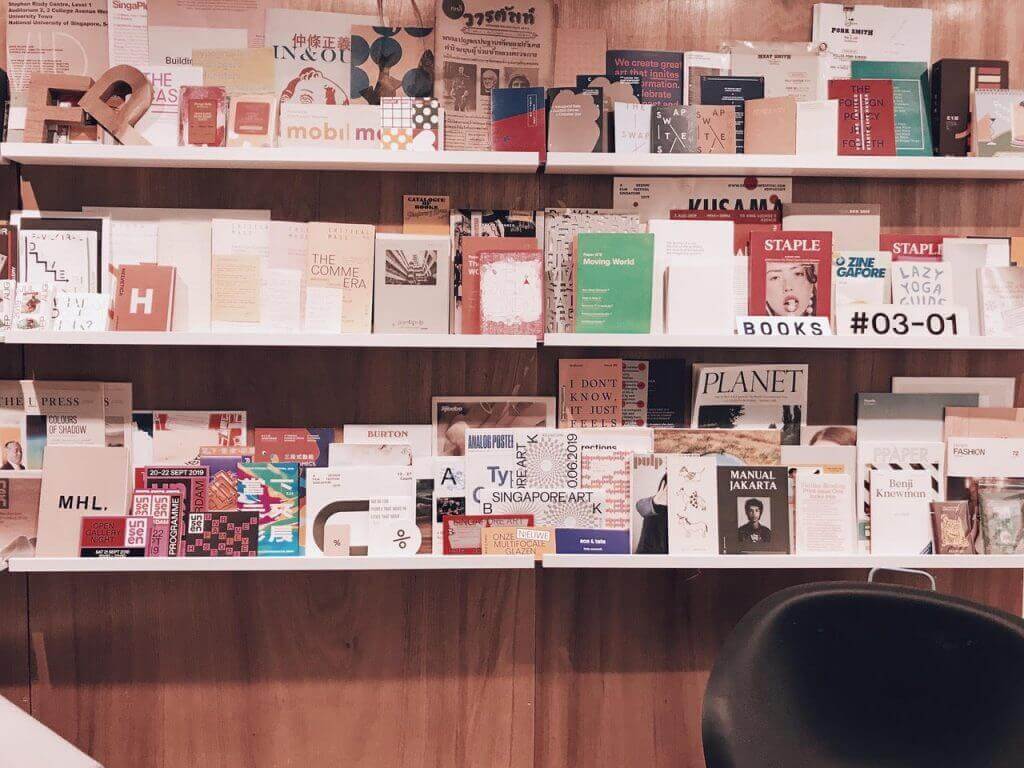
How do you and your studio tackle heritage projects, knowing your very contemporary visual design style?
Yah-Leng: As a brand agency, we work on a number of hospitality and other projects where there are opportunities to engage local culture and heritage in new ways.
We want the people interacting with our design—our partners and users, locals or visitors—to see themselves as part of a community. Our work is about that blending or engagement between the local experience and new audiences and ideas.
It’s always about balance. Nobody wants to come across trapped in the past. So what we ask ourselves is how to bring the love and appreciation for heritage into a new era, for a new generation; to propagate that engagement.
This can translate into the visual design process, where we create our re-interpretations of the ‘old’ in terms of typefaces or colours that reference historical motifs we’re working with—or more something more open-ended, where we guide our partners towards partnerships with local brand and artisans.
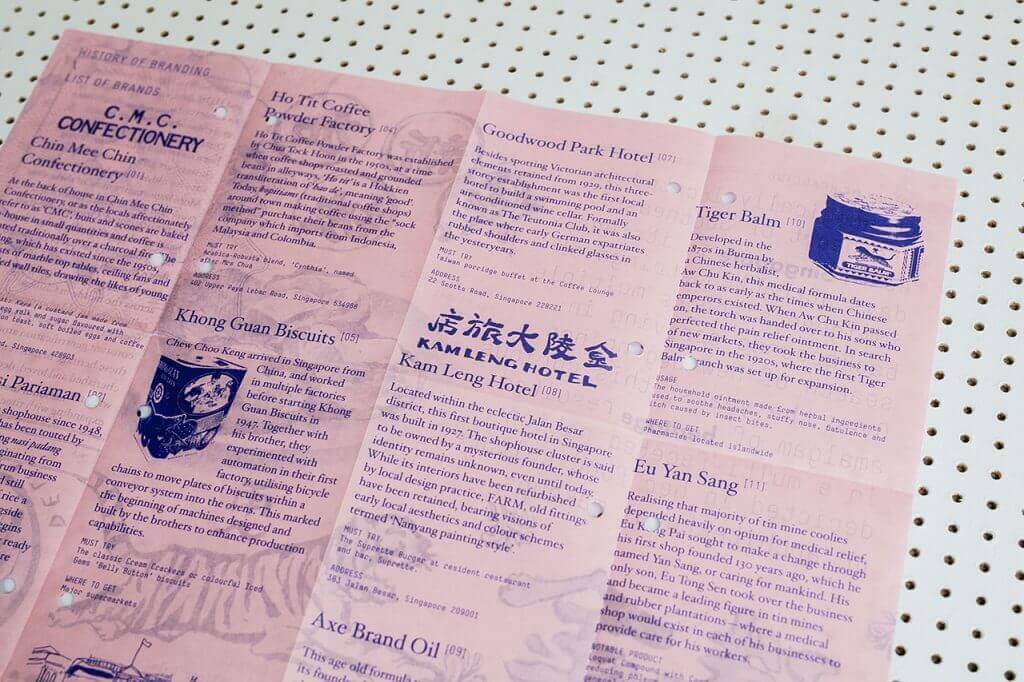
How did you and FPDG come to embrace and advocate for local heritage, craft and community? What made you confident to adopt this as a studio signature?
YL: The first project where we tested this idea was The Wanderlust Hotel by Loh Lik Peng. In 2011, it was a bold move at the time to create a design hotel in Little India. It ended up attracting visitors who deliberately avoided the standard 5-star hotel experience and were really interested in understanding the neighbourhood and local scene.
Knowing we were catering to this clientele who were not your typical tourists, we created ‘the itinerary’: a notebook-passport-programme-memoir created in collaboration with the hotel’s marketing team. It included a selection of places to eat, a walking map and other curated information, and the hotel staff would stamp the book for each guest. That was our first foray into including local culture into a hospitality branding journey.
As time goes by, Singapore is unique in that the city is very young and wants to stay current without losing its historical elements.
The next project that comes to my mind is a spatial intervention we did in 2009 at The New Majestic Hotel. We were invited to collaborate on a pop-up in the hotel lobby. We ended up using wooden washing boards to create The Space Program, that was part art installation, part museum store, featuring local brands. Again, the people staying at the hotel were design-savvy and looking for a different point of view on Singapore. These travelers were also on very short stays, and impatient to quickly see something of Singapore’s contemporary culture. We brought a slice of that right to their doorstep, and this pop-up store that was planned to last 6 months ended up staying for almost two years. The feedback was very exceptional and encouraging. It was a stepping stone to our work with Gallery & Co. after.
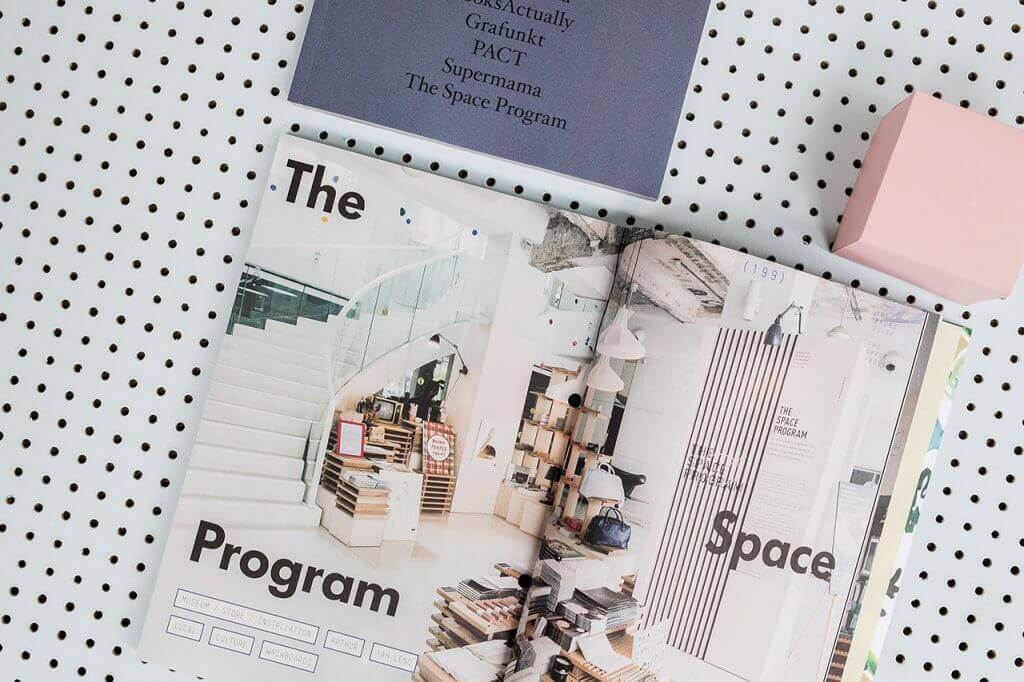
That sounds like this happened quite naturally, and now you are even leading the conversation about showcasing local culture. Does it get more challenging to work in this way now that it’s become part of the formula for success?
YL: Yes, now it’s becoming quite predictable. Client work that is connected to local culture and heritage is expanding, and we have to make sure we don’t have tunnel vision and fall into a routine.
As designers, we are sensitive to pick elements from heritage projects for storytelling but not create a caricature or disconnect from the original context. So this careful balance is about being measured, and on point, with our references.
For example, when designing the Gallery & Co. interior at National Gallery, we intentionally stayed away from evoking colonial spaces. Instead we designed our own tiles, inspired by old kopitiams.
We were rehashing the use of marble in traditional spaces, but making it modern.
As a founder, how do you balance your responsibilities to commercial work and giving back?
YL: If you can do it in a client project, like Figment, it’s awesome. It started small, but as we discovered our shared vision to build community and collaboration, it became natural for us to guide the project towards going beyond a logo and font, to actually build identity, presence and connection through the design proccess. That became the Figment Welcome Kit, put together in partnership with various local artisans, and it was all very natural. That’s what happens with an open-minded partner when we work together from the start.
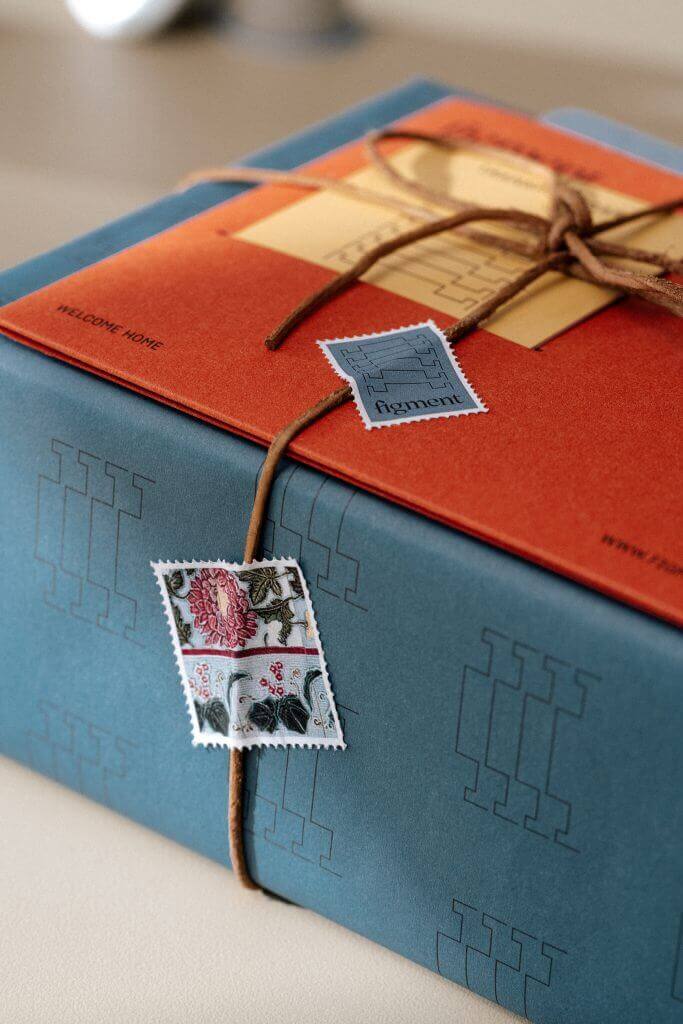
If not, it’s something more intentional where we know we are investing time. We try to do something once a year or so.
In 2020 when COVID-19 measures kicked in, we quickly organised and launched ‘Design Diplomacy’, a forum for designers in the Asia region to gather and share what they’re doing. It was to quell cabin fever, and also bridge less known Asian design culture with my Europe and US networks. It was quite wild to be going live at 6PM or 9PM SG time to match Europe/US time every day, with tech issues and all, but we pulled it off.
It built a sense of community that’s just a bit bigger.
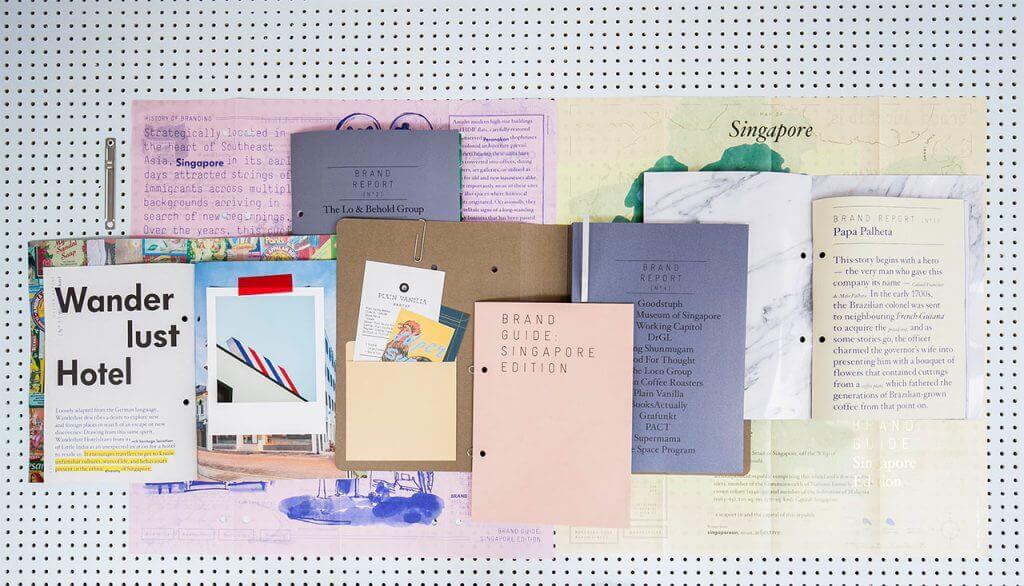
Find out more about Foreign Design Policy Group at their studio website and look out for the next instalment of Design Pasar, right here in our Jalan Besar neighbourhood!
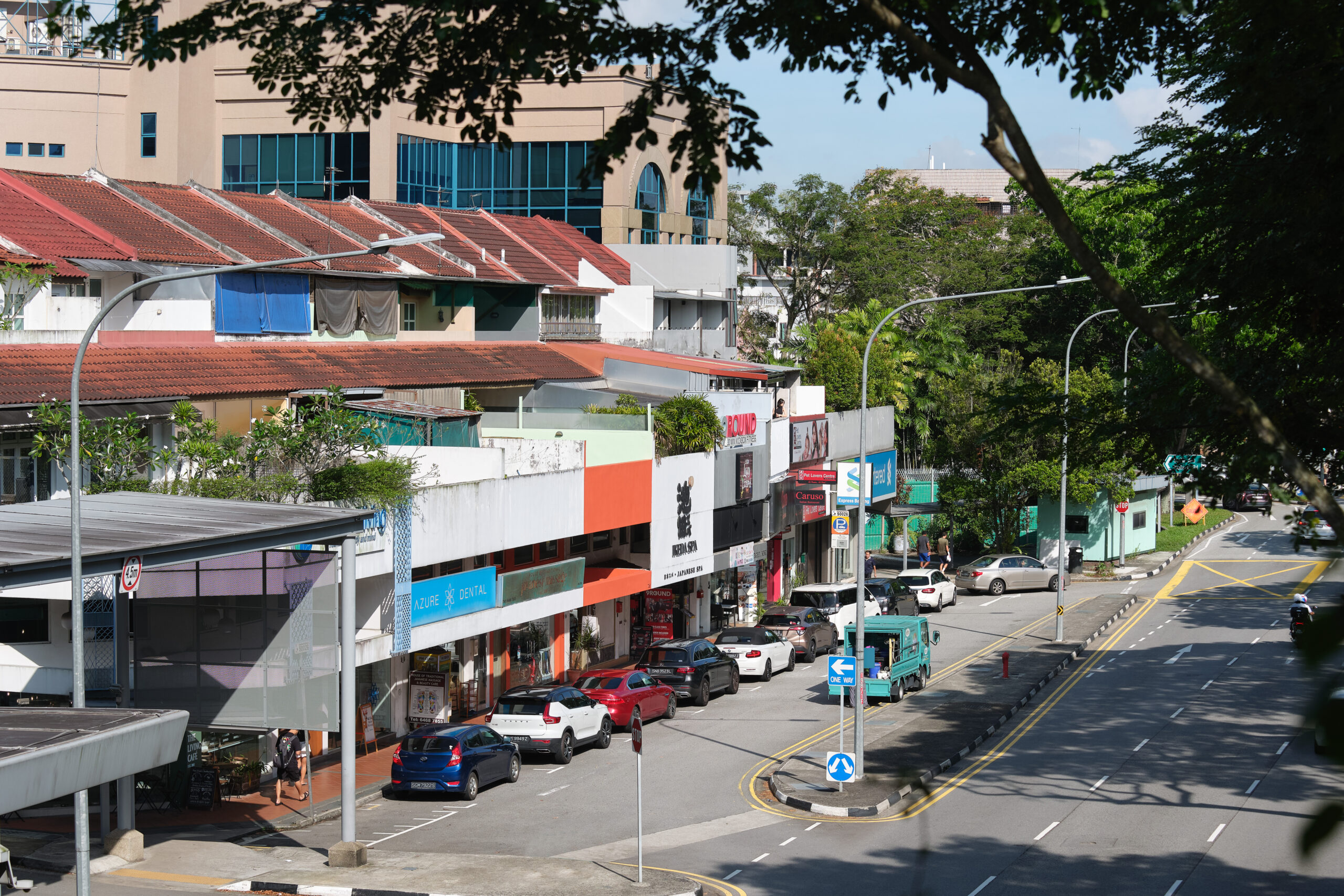
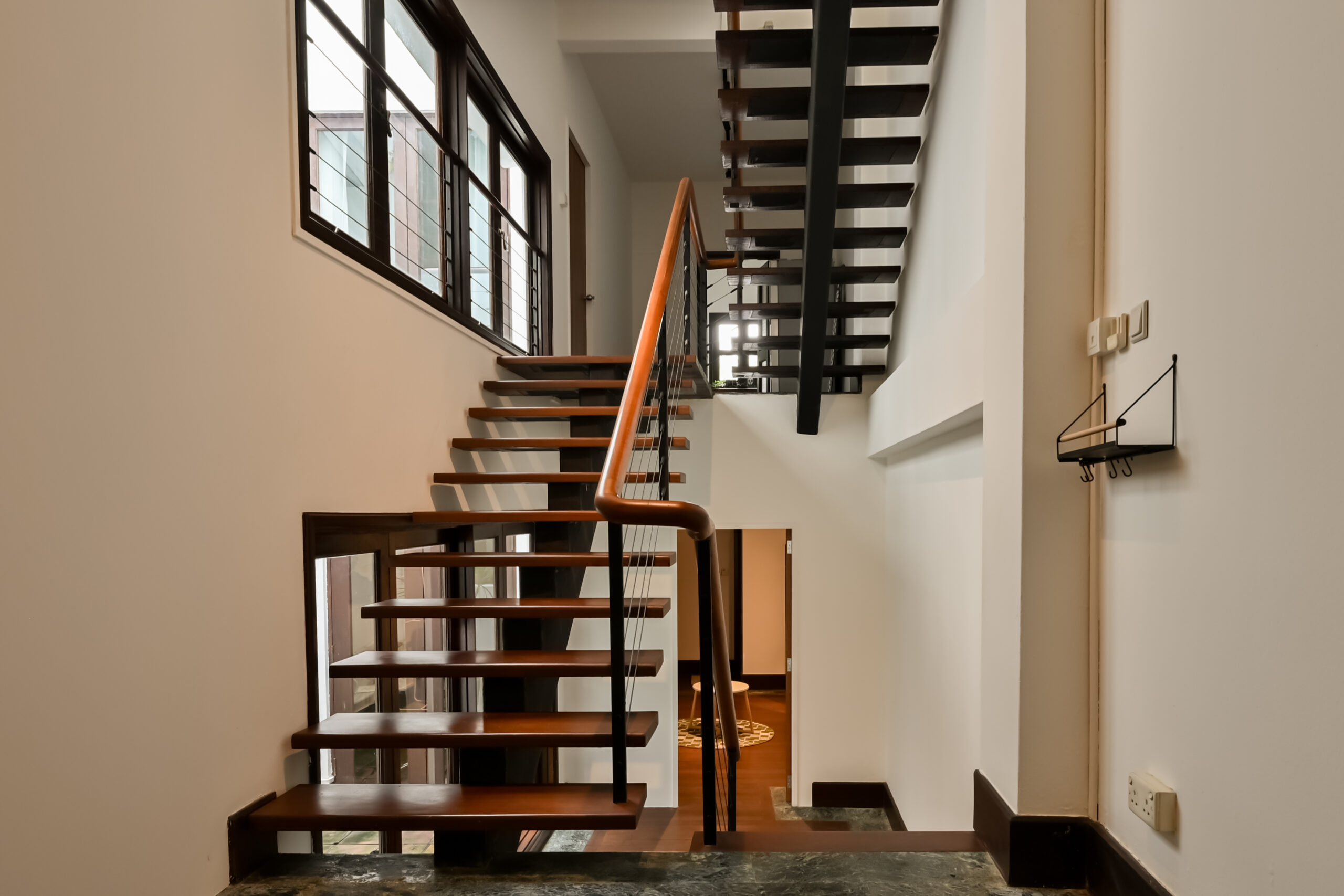
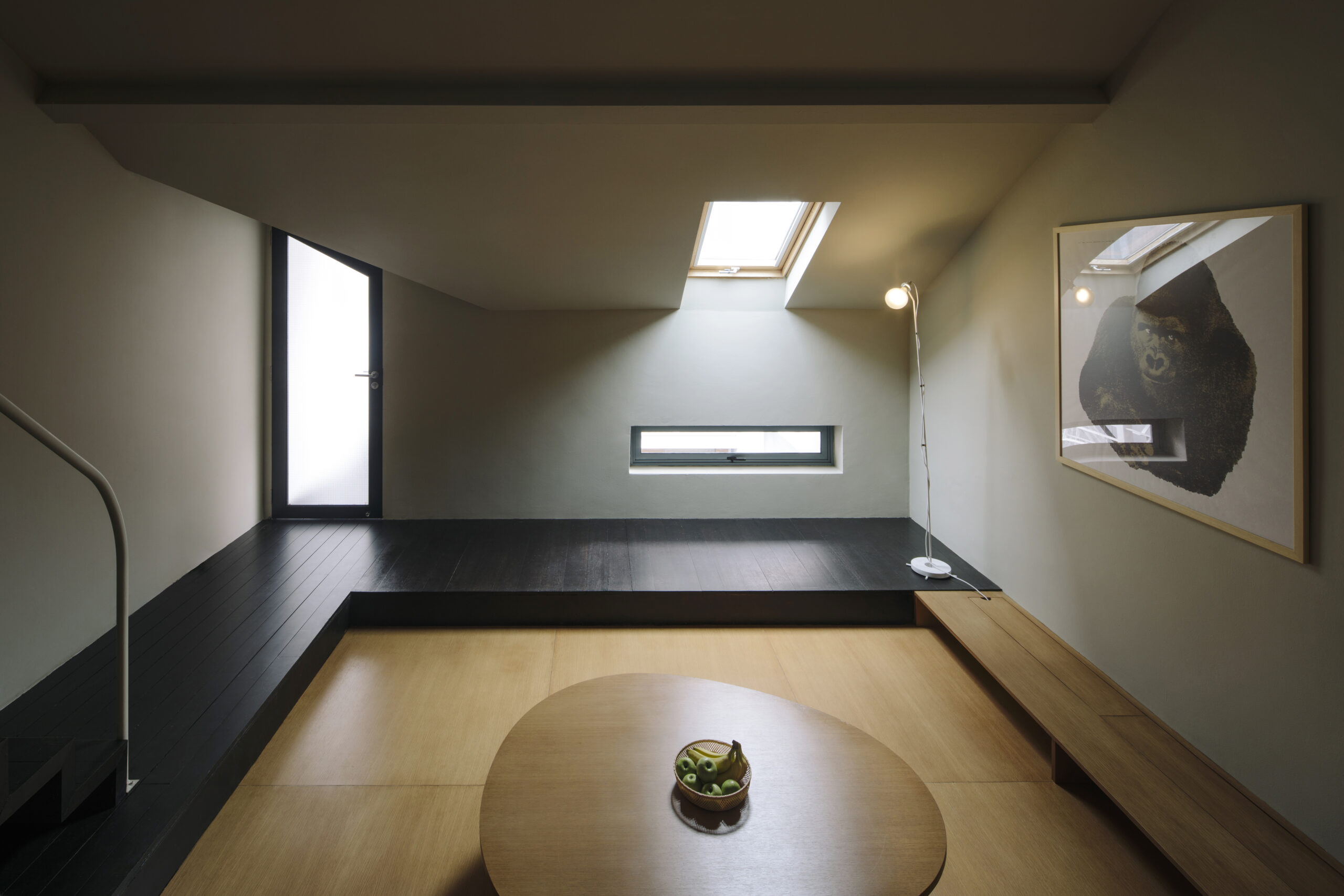
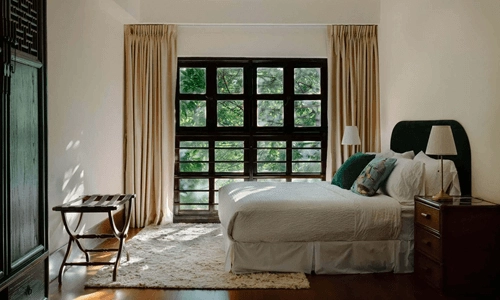


Comments